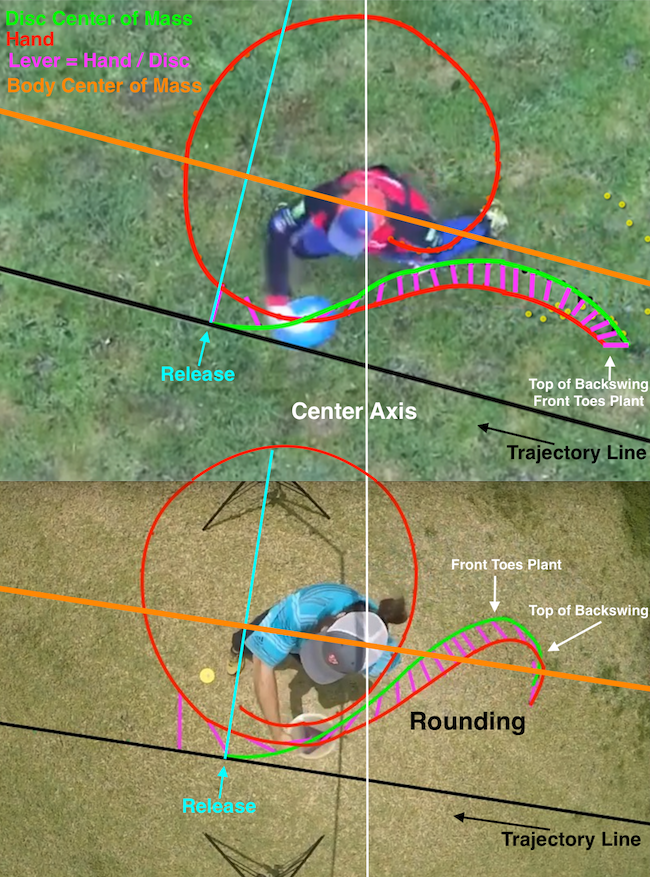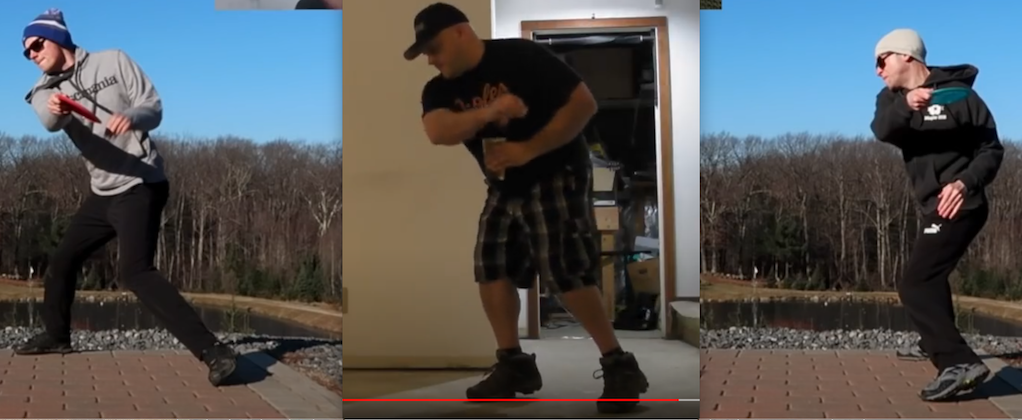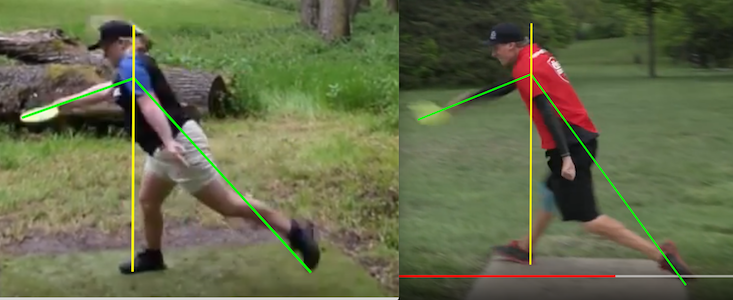I guess it's all perception. Take the brace leg for example- when one first begins they don't have the explosive power yet to really utilyze a strong leg brace. So, over time, as their velocity and distance increase they begin noticing their stronger leg brace or the need for it. So, they work on that leg brace maybe in perhaps thinking that is giving them extra distance. Sure, it might help but their throwing mechanics haven't really changed much, they just feel it better now because their velocity has increased.That is only true if mechanics truly don't change. Also unless they are in poor/untrained shape to begin with, no one is getting substantially better conditioning through throwing discs such that the effect of conditioning is greater than the effect of improved mechanics. Well conditioned athletes focus on better mechanics. Going back to powerlifting: through greater efficiency of movement, someone who has less raw strength can beat someone with greater raw strength. This is why there is a focus on proper mechanics, alignment, and optimal leverages: the easiest/greatest gains come when you have a mechanical advantage.
Greater strength can compensate for poor technique, and great technique can compensate for poor strength. But what is easier on the body, with less injury risk, and less recovery needed, is improving technique.
Once you reach the limit of "beginner gains," fixing form issues will lead to further improvement.
I'm not sure what you mean by "beginner gains". What or where do you think my beginner gains will cease- what distance and why?
I think their is a lot of fundamental myths out there because we don't really understand or take the time to analyze things correctly.






